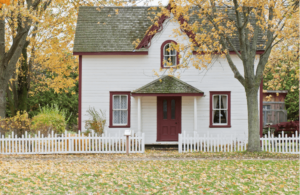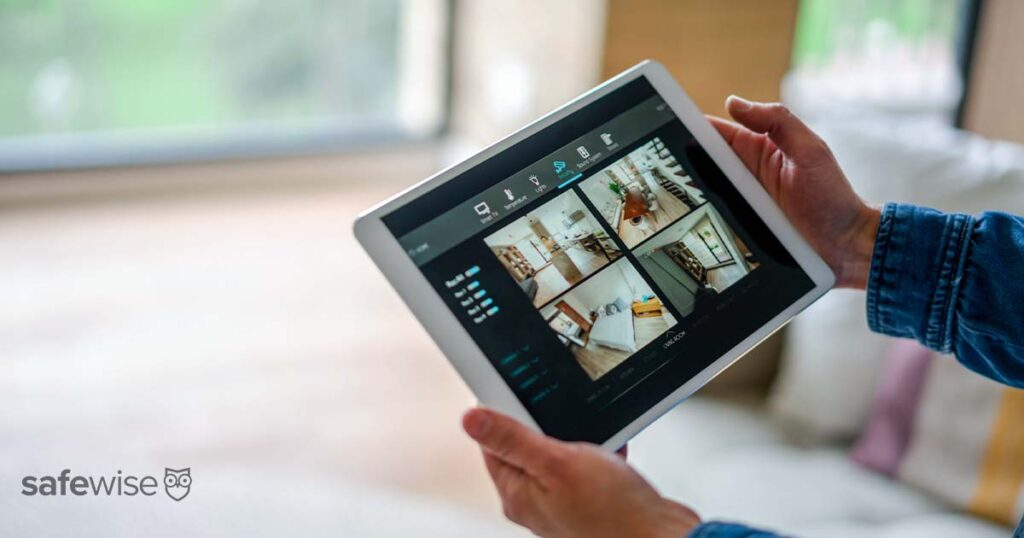1. Get a home energy score.
First, find out how your home currently rates when it comes to energy efficiency. Having an evaluation by a reputable source will let you know where you need to put your home improvement dollars. An energy rater will do a review of your home and compare it to a “reference home” that is similar to yours in type, size and shape. Some of the factors considered in your home’s energy rating include:
- Ceilings and the roof
- Exterior walls
- Doors and windows
- Garage and/or cellar floors
- Attics, foundations and crawlspaces
- Vents and ductwork
- HVAC systems and thermostat
- Water heater
2. Upgrade your windows.
Upgrading your windows is one of the best ways to improve the energy efficiency of your home,3 and it comes with the benefit of adding aesthetic as well as economic value. On the National Association of Realtors report about which home improvement projects make the biggest impact, window upgrades ranked high.4 To make sure you get the biggest bang for your buck, look for double pane insulated glass and reputable, well-reviewed installation.
3. Get energy-efficient home automation.
There is a lot you can do with home automation to help make your home more efficient. Each package comes with something different, depending on the provider, but there are a lot of great options out there.
For example, Vivint offers easy energy management with a thermostat you can control from any web-enabled device as well as program it to turn off during peak usage hours to conserve energy. Its Energy Management package also includes 12 energy-efficient lightbulbs, which last 10 times longer and use 75 percent less energy than a standard bulb.
4. Consider an energy-efficient mortgage.
When it comes to increasing your home’s value while minimizing your consumption footprint, an Energy Efficient Mortgage (EEM) gives you the freedom to make green upgrades that might otherwise be cost-prohibitive.
Some of the improvements that an EEM will help fund include window upgrades, improving your insulation, making the switch to alternative heating like a pellet stove, solar panel installation and making sure everything is sealed up tight as a drum with weather stripping and air sealing, especially in attic and basement walls.
One important thing to note is that an EEM is billed similarly to having a second home; however, you will not have an additional lien or second mortgage on your property.
What’s at the top of your energy-efficiency list?




